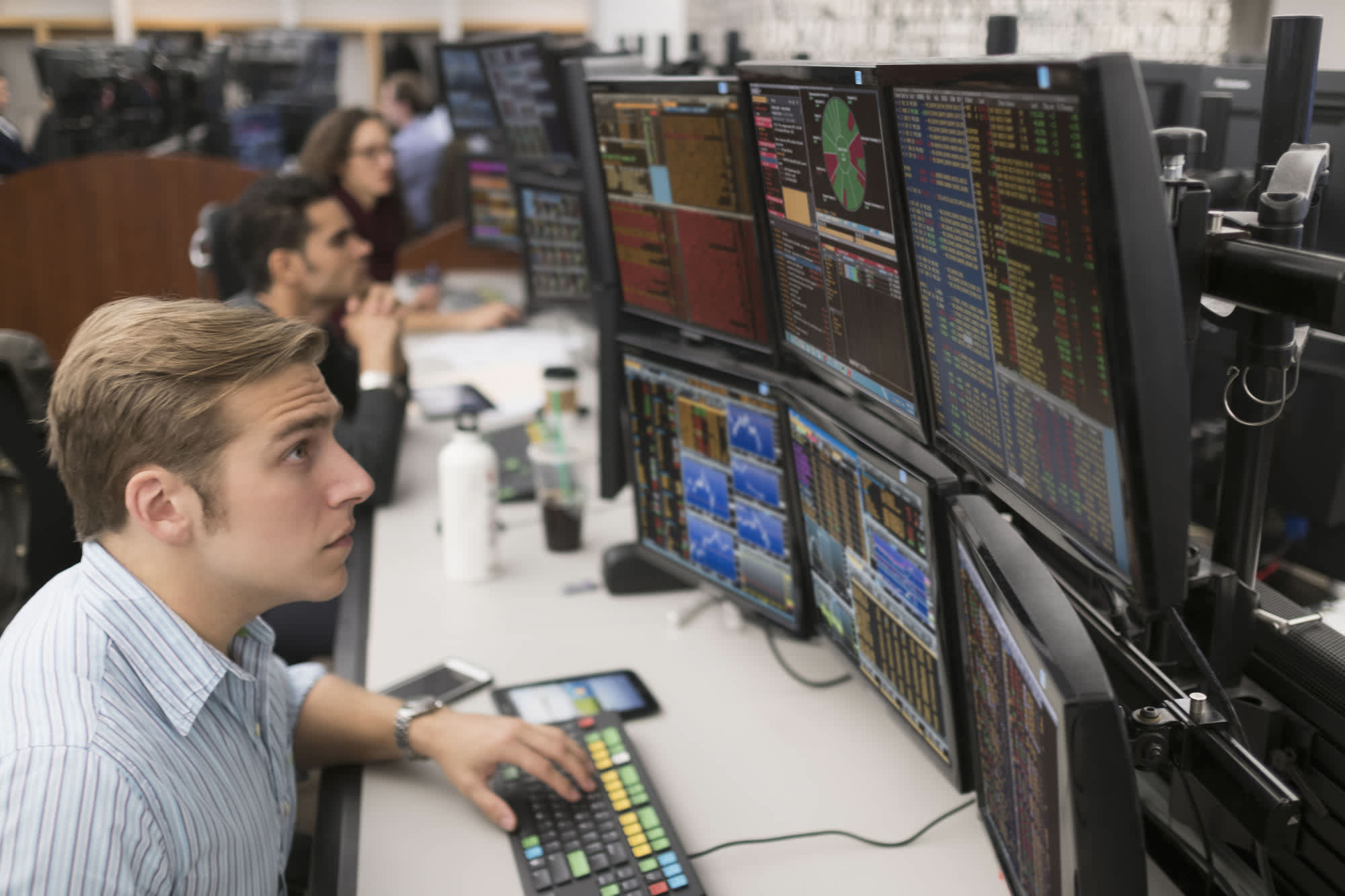On the surface, the growth story for exchange traded funds continues: The U.S. ETF business ended 2019 with $4.4 trillion in assets under management, a 30% increase from 2018, according to etf.com. The number of ETFs also increased 8%, to 2,302.
Thanks to the continuing growth of two hot trends — environmental, social and governance, or ESG, and active management — the growth will continue into 2020 and beyond, but not without challenges.
Here are five of the hottest topics at this year’s Inside ETF conference:
1) ESG: It finally matters. 2019 was the first year investors stopped talking about environmental, social and governance investing and finally put some money into it. It’s still small: ESG funds account for only $20.9 billion in ETF assets under management, or about 0.4% of the roughly $4.5 trillion the entire industry controls.
That will increase dramatically in 2020. Blackrock’s Larry Fink wrote a passionate letter saying it was time to take climate change (and ESG) seriously, and it seems to have finally pushed the conversation over the top.
One problem: ESG is inherently un-scalable. “My ESG is not your ESG is not my neighbor’s ESG,” said Ben Johnson of Morningstar.
Even the Securities and Exchange Commission seems to agree: The agency has asked ESG providers for more information on how they define exactly what ESG is. One solution to the confusion may be direct indexing, which would allow individual investors to customize portfolios to meet whatever criteria they want.
2) More active management: Several mutual fund companies have applied for the right to convert existing actively managed funds into an ETF wrapper. Like their mutual fund counterparts, they will not disclose their holdings on a daily basis (hence “non-transparent”). The objections are obvious: if you are a crummy underperforming active mutual fund manager, you are not going to suddenly become successful if you switch to an ETF wrapper. You’re still crummy.
Regardless, active managers still have followers, and if the better ones can switch to a lower cost, more tax efficient ETF wrapper, that will pull more money into the ETF space.
Expect American Century, T. Rowe Price and Legg Mason to be some of the first launches in 2020.
3) Thematic ETFs: What’s the next pot craze? Everyone loves thematic investing, until they don’t. Cannabis, cybersecurity, immunotherapy, blockchain, 5G, artificial intelligence, and even space exploration have been hot themes in the past. And then faded.
This tells us that the timing of these launches is critically important. Too early, and you could languish for a long time. Too late, and you miss meaningful asset growth over the early life of the fund.
Just don’t count out the old favorites. “The cannabis industry isn’t going away,” Tom Lydon from ETFTrends.com said. “The cannabis ETFs and cannabis stocks are half-off what they were a year ago. As more states legalize marijuana and the Fed allows proper banking we’ll see more assets flow to these ETFs.”
And in the “hope never dies” category: Will 2020 finally be the year for SEC approval of a bitcoin ETF? My guess: don’t bet on it.
4) Fee wars continue, but impact lessens: 2019 saw a “race to zero” as the largest ETF providers cut fees to the bone. That will continue in 2020.
“It’s no longer just about management fees falling to zero; it’s now about EVERYTHING falling to zero,” Matt Hougan from Bitwise Investments told me, noting that not only have trading commissions gone to zero, but advisor custody and platform fees have fallen. And you can get investment advice cheaper as well: Vanguard’s Personal Advisor Services grew to over $100 billion, offers advice for pennies on the dollar, Hougan noted.
5) Consolidate or close? The race to zero fees is producing a few big winners and a lot of others left behind. There are 141 ETF providers, but the top five firms (Blackrock, Vanguard, State Street, Invesco, and Schwab) control 91% of the assets. Wisdom Tree (WETF), one of the few public pure-ETF plays, is 85% off its historic high in 2015 and is now near a 10-year low.
Consolidation has been expected for years, but buying up low-asset ETFs does not necessarily lead to scale efficiency: “There are fewer appealing dance partners by the day,” Ben Johnson, Director of Global ETF Research at Morningstar said.
Regardless, someone is likely to take a shot at the consolidation game.
John Davi, founder and CIO of Astoria Portfolio Advisors, has an intriguing idea. “Private equity funds could enter and buy out 10 to 20 ETF issuers with the idea of monetizing the ETF ecosystem,” he said.
He reasoned that there is already a ton of money flowing into private equity funds buying dental practices, plumbing businesses, and taxi medallions. Why not ETFs?
